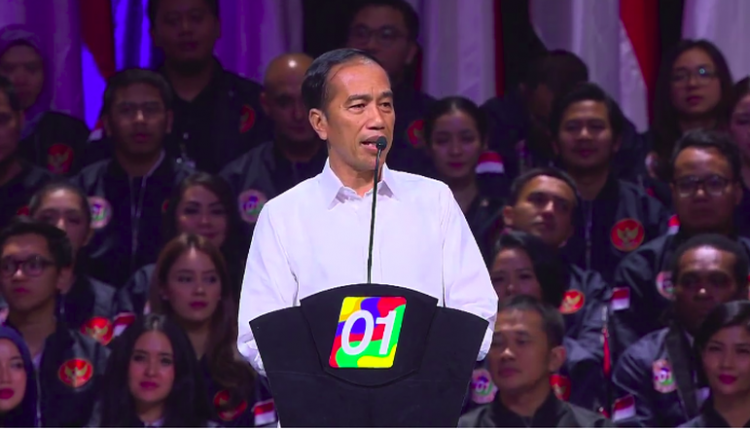The Success of Human Development in the Jokowi Era
Human development is a process to increase choices for the population, freedom to live healthier, more educated and enjoy a decent standard of living. However, since the first human development report was launched by the United Nation Development Program (UNDP), there has often been debate and controversy, both the technical calculation of the Human Development Index (HDI) and the HDI rating of each country.
According to the Central Statistics Agency (
HDI was introduced by UNDP in 1990 and published regularly in the annual Human Development Report. For Indonesia, HDI is strategic data because
Indonesia has great power in the form of human resources. Indonesia’s population of nearly 260 million is an investment and a great power to face various challenges in the future, such as global economic uncertainty. Preparing Indonesian people to become superior humans starting in the womb until they grow independently. Realizing this, the government’s budget for health and education was increased.
After infrastructure, Human Development is a priority after the fourth year of Joko Widodo – Jusuf Kalla’s Government. A number of breakthroughs carried out by the government of President Jokowi, through physical development and financial assistance, succeeded in reducing poverty and inequality in expenditure and increasing the Human Development Index. During this time, for the first
Based on data from the Central Statistics Agency (BPS), the poverty rate decreased from 11.22% in 2014 to 9.82% in 2018. The level of inequality in population expenditure measured by this ratio also declined from 0.414 in 2014 to 0.389 in 2018. The HDI increased from 68.90 in 2014 to 70.81 in 2018.
In 2018, BPS released Indonesian HDI in 2017 at 70.81 or grew 0.90% compared to 2016. The increase in HDI signifies hope for life, both from
President Jokowi also explained that the focus of the Government’s attention in the past four years was not only infrastructure development. As a country with a population of nearly 260 million, he believes that Indonesia’s future lies in the nation’s ability to prepare advanced and superior Indonesian people.
With
The Government in the 2019 Draft State Budget will focus on building human resources (HR), in addition to continuing the commitment of physical infrastructure development in the country. HDI is targeted to increase to 71.98 in 2019. The government not only prioritizes physical
President Jokowi’s government believes that investment in human resources (HR) is
Through the promotion of the program, the Government ensures that the Indonesian people can grow well and be free from stunting or stunting by ensuring adequate nutrition and a healthy lifestyle. The government has established 100 regencies 22 provinces as an integrated priority location for stolen handling between Ministries and Institutions.
The government also continues to make sure that Indonesian children can go to school without being constrained by costs. For this reason, President Jokowi issued a policy on the Smart Indonesia Card.
Not only that, the Government is now also focusing on improving the quality of primary and secondary education that is evenly distributed throughout Indonesia. Among them by placing teachers at the forefront of the outermost and remote areas in Indonesia. Number of Teachers The front line from 2016 to 2017 has increased by 7,094 teachers. The sending of educators to remote areas certainly deserves to be appreciated, with this in mind, it is hoped that Indonesian children in remote areas can get more decent education.
Next, continuous improvement of competence for teachers has also been carried out, reaching more than 1 million teachers. Then, the realization of School Operational Assistance (BOS) also increases every year. These steps are taken to ensure that health and education services in Indonesia are even better. The goal is for the Indonesian people to become smart, strong and growing people in a balanced manner between their physical and mental.
The expected impact is certainly related to the positive trend of HDI, namely rising life expectancy, reduced illiteracy, increasing living standards with the ease of accessing health facilities, and increasing levels of community participation in education.
